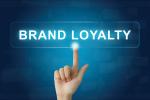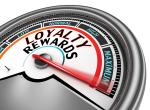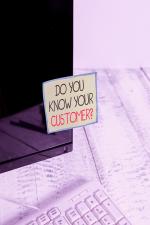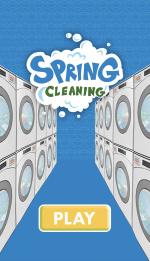CHICAGO — Dry cleaners have many options when it comes to online marketing — so many that it can seem at times like it’s necessary to pick from an overwhelming array of choices and just hope for the best.
The truth, however, is that having a strategy built from online tools and keeping the overall objective in mind will connect cleaners to their customers in ways that build business and loyalty over the long term.
“Local businesses have had to figure out how to combine what they’re doing in real life, in person, with what they’re doing online so that there’s consistency there,” says Donna Botti, owner of Delos Inc., a digital marketing strategy firm based in Collegeville, Pennsylvania.
Online Marketing vs. Traditional Marketing
While there are certainly differences between online marketing and more traditional forms of marketing, Botti believes there are certain basics that should always be observed, and that there should be a clear message throughout.
“Online marketing is really a tactic, not a strategy,” she says. “It’s a different way of reaching your audience, but your message should be the same.”
The most important thing when marketing online, Botti says, is knowing who your customers are” “What are their problems, and how are you speaking to those things? It’s a red flag to me when someone comes to us and we ask them to tell us about their customer, they say, ‘Well, everyone’s our customer.’ That kind of means that no one is your customer.”
Vague, unspecific messaging will doom your online marketing efforts to being lost in the noise.
“We get so many messages bombarding us daily,” she says. “We’re really good now at tuning out anything that we think isn’t actually relevant to what we’re looking for. You need to be more specific. Are you speaking to your customers? Are you attracting the right people to you?”
One of the advantages of online marketing is that if you do have a good understanding of your audience, you can reach them in ways that resonate.
“Online marketing, versus other marketing methods, really does allow us to target better,” says Dawn Hargrove-Avery, digital marketing manager for the National Cleaners Association (NCA). “We get to target based on demographic data, interests, behaviors, where they shop, what they read and so on. You definitely can do more pinpoint targeting that you can’t necessarily do with TV, radio and print marketing.”
Dry cleaners should be aware, however, that online marketing creates its own restrictions.
“It limits your physical interaction with customers,” Hargrove-Avery says, “so you have to figure out how to make your message very personalized, so that they feel like you’re talking to them. It does limit your contact and that emotional connection if everything you’re doing is online.”
Fitting the Profile
There are more ways than ever to reach customers online — through social media, websites, review sites, email and more. So, where should a dry cleaner focus, especially when first undertaking or revamping their online efforts?
Hargrove-Avery believes that the first step might come as a surprise to many.
“My favorite right now is the Google Business Profile,” she says. “I think it’s a wonderful untapped resource that gets tons of attraction, especially in a local market.”
It’s a free service by the search engine giant, and allows business owners to post photos, hours, maps and directions, reviews, links to the business website, and more. The process isn’t automatic, however. The business owner must claim the profile and upload information to make it functional.
“Utilize it like a social media platform,” Hargrove-Avery says. “Make the posts, share the offers, post the videos. Make sure the profile is set up correctly and that the map listing is correct.”
Botti agrees with the Profile’s importance, noting that it’s how many people will find a business when they need a service.
“It’s a proximity issue,” she says. “We’re looking at that on our phone, so when I do a search, the search engines know where I am located, and they tend to show me things near me.”
Botti notes that Apple recently launched a similar service: “They just announced something called Apple Business Connect, where you can claim your business on Apple Maps. Since Apple Maps is the default map provider on iPhone, it’s a good idea to be there.”
Both services are free. “You can do it yourself and it’s easy to update,” Botti says. “If you were on holiday hours, for instance, it’s simple to make that change on the profile.”
Business owners who pay attention to these services have an automatic advantage over those who don’t, Botti believes.
“I can’t stress enough how important it is to verify your location with both Apple and Google,” she says. “And then, occasionally update that profile. Google uses many search signals, and sometimes I find some small businesses will kind of drop off the face of the earth. They might have claimed their Google Business Profile and never touched it again. How does Google even know you’re still in business?”
Come back Thursday for Part 2 of this series, when we’ll explore some older — but still vital — ways to communicate with your customers.
Have a question or comment? E-mail our editor Dave Davis at [email protected].




































































